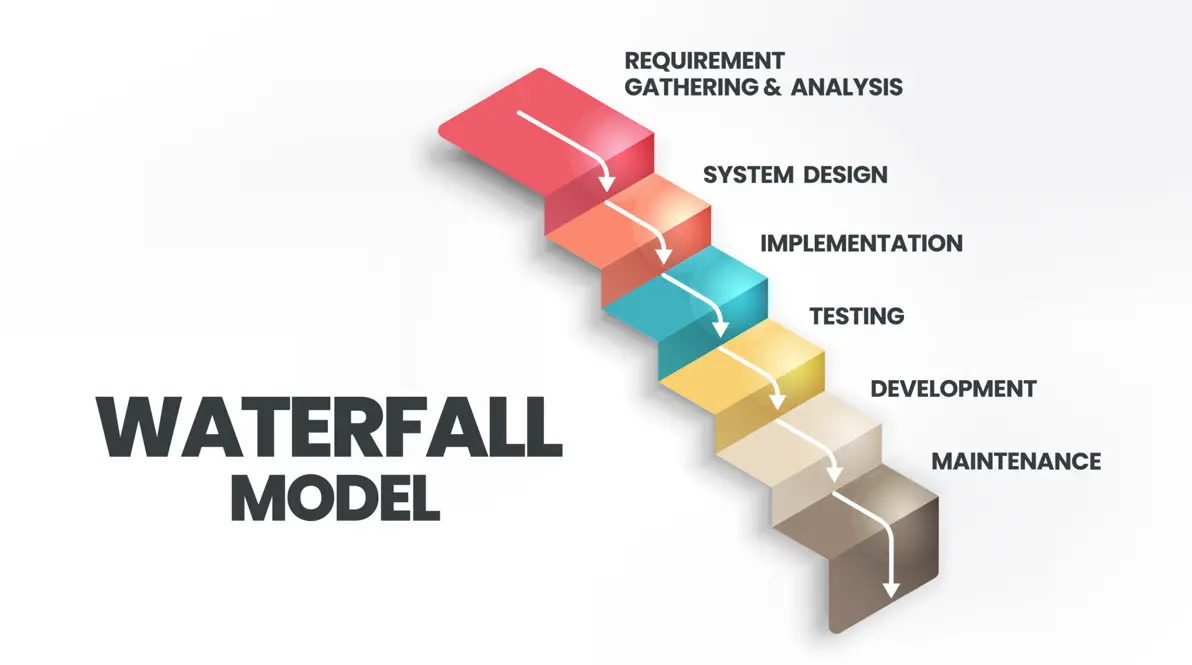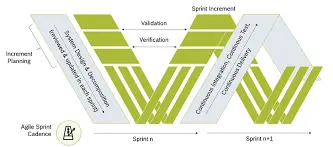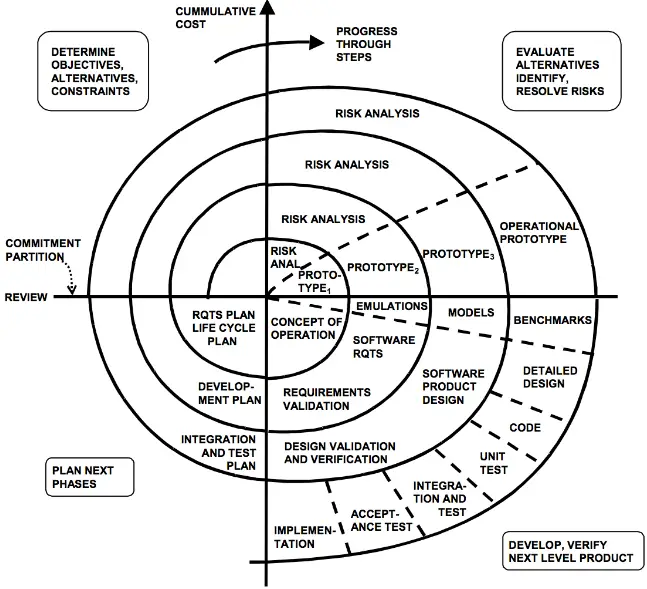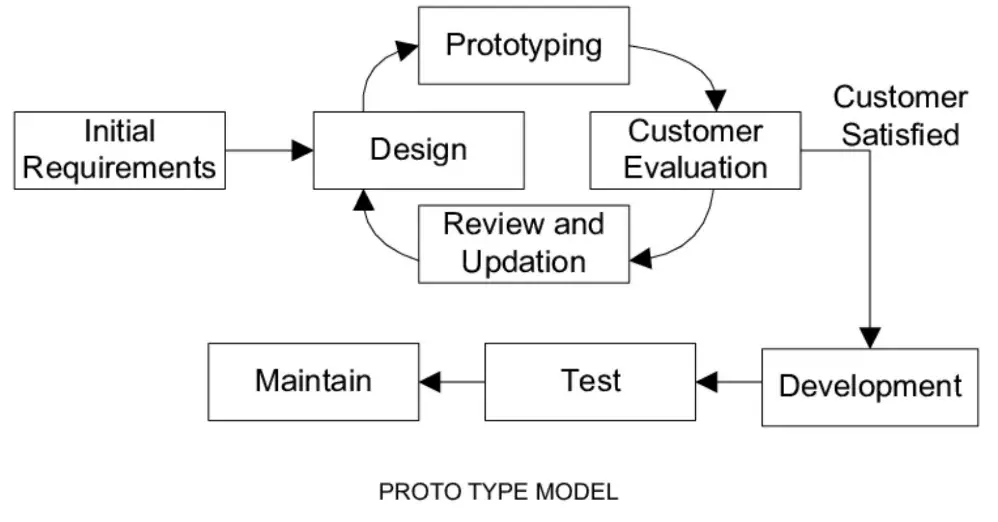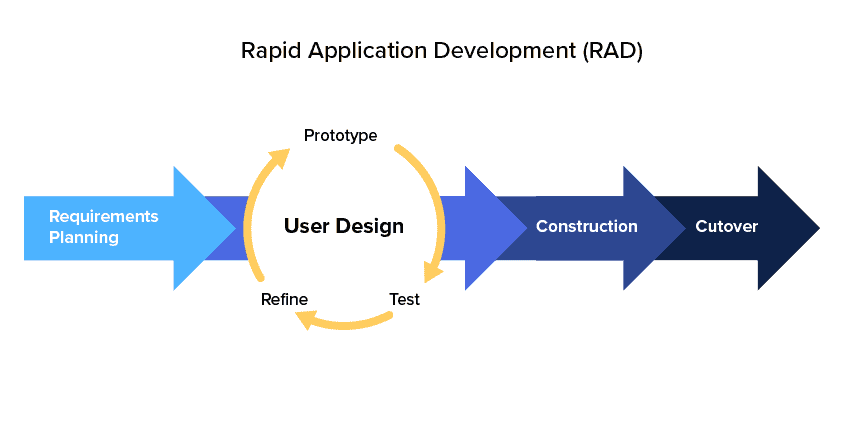A software development model collects procedures and methods for the project’s development. Companies utilize a variety of software development models to accomplish their objectives. The article is about the best software development models every company should know.
The top software development models are Waterfall Model, V-Model, Spiral Model, Prototyping Model, and Rapid Application Development (RAD) Model. Fundamentally, various models are appropriate for multiple team types and software platforms.
These models are also influenced by elements, including the stage at which testing starts, the features included in the initial iteration, and the presenter’s availability. However, one can refer to the custom software development guide to meet specific needs. Keep reading to learn more about the software development models.
See Also: The 9 Best Software Testing Tools To Use [2024]
5 Top Software Development Models
There are many software development models available to pick in the field of software development. Here are the most outstanding techniques to produce more material is article-composing programming. You should stress less over language structure and foster your composing skills.
So here are some top picks of the software development models.
Waterfall Model
This software development is the simplest. This model, which takes its name from a natural phenomena called a waterfall, was inspired. This specific model follows a linear process throughout, much like any waterfall.
The web developers who adhere to this paradigm think the scheduled work should be finished and documented as each phase moves lower.
The requirement analysis, system design, execution, evaluation, deployment, and maintenance phases of this paradigm are available in six distinct stages. Here are some features of the Waterfall model.
It is one of the most user-friendly software development models in implementation. This model’s stages are well-defined and allow no opportunity for ambiguity. It is relatively simple to comprehend.
The waterfall model requires documentation of every process. Therefore, you can save more information.
V-Model
The V-Model is one of the best options for software development models. It has a highly linear process with well-defined workflows. The V-Model, on the other hand, parallelizes the development and testing phases while placing more focus on verification and validation.
Unit testing, integration testing, and systems testing, which receive less attention in the waterfall approach, maybe a part of the validation process. The V-Model’s key advantage is its emphasis on quality control, which makes it a popular model for governmental organizations and big, bureaucratic businesses that can’t afford errors.
However, it is one of the best software development models that might be excessively restrictive for some projects and demands an upfront time and money investment, precisely like the waterfall model.
Due to the reduced chance of bugs or future downtime, businesses that want to spend every penny on getting it right choose this strategy. Below are some benefits of the V-Model.
This model is easier to employ for several validation and verification options.
During each stage’s testing phase, developers might uncover and solve flaws.
Each stage has clear deliverables with no confusion.
See Also: Best Article Writing Software To Ease Your Writing In 2024
Spiral Model
Over 70% of international companies use the Spiral model strategy to complete their IT projects. The Spiral software development model’s guiding principles include an iterative approach, open communication, and early user input.
The Spiral software development model is one of the software development models with unique one that strongly emphasizes evaluating the risks particular to a project. Therefore, having developers with experience and a background in risk assessment on your development team is essential for successfully applying the Spiral model. The Spiral model has the following benefits.
Risks are a part of every project, and using the Spiral model may improve the caliber of risk assessment in every project. Regarding the Spiral model, many prototypes are used in a relatively advanced manner. The Spiral model provides a realistic view of software development because it involves developers early on stage.
Check out how we can solve the problem of update errors in Windows
Prototyping Model
As its name implies, this is one of the best software development models committed to creating a prototype before turning it into a finished product. This model’s fundamental tenet is that stakeholders must envision software and its features before the finished product is complete.
When the prototype is complete, developers can ask their clients for feedback to determine whether further phases of development are necessary. Developers can immediately turn the prototype into the finished product after making all the adjustments and pleasing the clients.
The Prototyping Model is among the most popular Software Development Life Cycle Models (SDLC models). This model is used when the customers do not know the exact project requirements beforehand.
The opinions of users are crucial in this style of software development strategy.
Here are some benefits of using the Prototyping model. You can iterate on the prototype and incorporate consumers. Comparatively speaking, that takes less effort than adding iterations to the final result.
Developers can see flaws in a prototype and make the necessary corrections.
With this software development methodology, developers can, if appropriately done, save time and money.
For Music Lovers: 6 Best Audio Recording Software
Rapid Application Development (RAD) Model
It is one of the best software development models that starts with generating a prototype and then applying iterations as necessary. The main distinction is that this paradigm does not allow for planning and instead strongly emphasizes prototyping.
Data that the developers might need is gathered through workshops, earlier prototype sessions, or any other prototype demos that have already been performed. Any prototype created once is reused in the following project under this approach.
Here are the benefits of using the RAD model.
Under the RAD approach, tracking the advancement of each stage is significantly more straightforward. Using the potent RAD tools correctly, you can significantly reduce the extra iteration time. With this software development methodology, you can meet your productivity targets even with a small team of engineers.
To check our knowledge, we need Programming testing devices to empower test mechanization to develop business processes while guaranteeing items work flawlessly and ideally. Each group has particular necessities. In this way, one apparatus may be more appropriate for specific test sorts or programming items. Consequently, it’s essential that you cautiously consider your product testing device choices before settling on a decision.
See Also: 6 Best Audio Recording Software With Pros & Cons
FAQs
Which type of software is most prevalent?
The most prevalent software development methodology in the market is Agile. It is because the project management process is very dynamic and adaptable
Which software development approach is most appropriate for big projects?
Large projects frequently use the spiral concept. It helps product development teams to construct a highly tailored product and early take into account consumer feedback. The model's ability to handle risks is another advantage.
Which software development model is simple?
The waterfall model is the simplest of all the structured models. Each step has a project plan and depends on data from the previous stage. The waterfall is clear to handle and easy to comprehend.
What is the Scrum process model?
Scrum is an agile technology that helps teams working on challenging projects manage their workload and collaborate more effectively. Even though software development teams most typically use Scrum, it can benefit any team working toward a similar objective.
What is Kanban in Agile?
Kanban is a prominent methodology for implementing agile software development. You require complete work transparency and capacity for real-time communication. On a kanban board, work tasks are represented visually. Thanks to this, team members may constantly monitor the status of every piece of work.
Conclusion
In conclusion, you might clearly understand the software development models. The models if used by a good company like Taazaa provide clear instructions and demonstrate how to accomplish your aim when working on a project.
You can constantly develop a framework to optimize your business processes by fusing various software development models. So you can use any of these perfect models for your needs and specifications.
See also: Advantages Of The Data Modeling Process For Businesses

Gravit Sinha: Founder of ValidEdge, a problem-solving website, driven by his lifelong passion for fixing issues.

